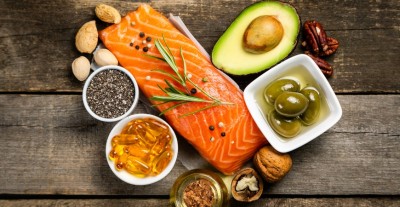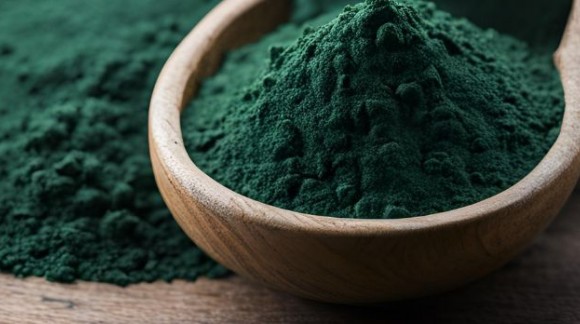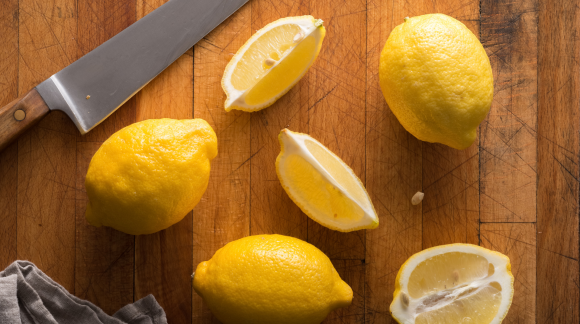Why Iron Deficiency Peaks at the End of Spring
It’s a trend that often goes unnoticed, yet it repeats every year with surprising regularity: just before summer begins, many individuals report an unusual fatigue, reduced physical stamina, irritability, or even shortness of breath during everyday activities. While the changing weather and longer daylight hours are typically blamed, a hidden cause lurks behind many of these complaints: iron deficiency. According to recent data, iron-related deficiencies rank among the top five nutritional concerns in Europe, particularly affecting women, adolescents, athletes, and individuals following plant-based diets.
At this precise time of the year, the body undergoes subtle physiological adjustments. These include increased physical activity, seasonal shifts in dietary patterns, and higher mineral losses through sweating. Add to this a cumulative depletion from winter months marked by heavier foods and less sunlight, and you have the perfect storm for micronutrient imbalance. Iron, essential for oxygen transport, energy metabolism, and cognitive function, is often the first to drop below optimal levels. If overlooked, this deficit can silently erode well-being and performance, just as we gear up for the most active season of the year.
This article explores in depth the multiple factors behind the spring iron drop, helps you recognise the warning signs, and presents sustainable, natural ways to regain balance, starting with one of nature’s richest sources of iron: organic spirulina.
1. The Spring Effect – When the Body Shifts Into a New Gear
As temperatures rise and the days lengthen, our biological rhythms adapt. The increase in ambient light stimulates hormonal changes, including heightened cortisol levels and metabolic activation. This natural process is designed to support greater physical engagement and alertness, we move more, spend more time outdoors, and engage in sports or weekend activities.
This seasonal shift is also associated with increased perspiration and therefore higher mineral losses, including iron. Athletes and active individuals are particularly affected, as their iron needs increase with effort. Without proper dietary compensation or supplementation, iron stores can diminish quickly, leading to fatigue, reduced oxygen transport, and decreased muscular efficiency.
Compounding the issue, many people reduce their intake of red meat or iron-rich foods during spring and early summer as they opt for lighter, plant-based meals. While healthy overall, this dietary trend may unintentionally lower iron intake especially if it lacks consideration for bioavailability or fails to include nutrients that support iron absorption (like vitamin C).
2. Who’s Most at Risk? From Teenage Girls to Endurance Athletes
Iron deficiency does not affect everyone equally. While anyone can be impacted, some groups are significantly more vulnerable, especially during seasonal transitions like spring. Women of reproductive age are the first population to monitor. Due to monthly blood loss, nearly 1 in 4 women in Switzerland is affected by iron deficiency, compared to just 1 in 16 men. Add to that the impact of hormonal variations, stress, and dietary fluctuations, and the risk only increases.
Adolescents, particularly girls going through growth spurts, also require increased iron intake to support red blood cell production and brain development. Likewise, vegan and vegetarian individuals, whose iron sources are primarily non-heme (plant-based and less absorbable) face heightened risks, especially without awareness of how to combine foods to optimize uptake.
Finally, endurance athletes such as runners, cyclists, and triathletes are subject to a triple burden: greater oxygen demands, repeated mechanical microtraumas (such as “foot strike” hemolysis), and higher sweating rates. If these losses are not replenished appropriately, the iron deficit becomes a performance-limiting factor, often without being noticed until symptoms become pronounced.
3. Spotting the Signs – When the Body Starts Sending Alarms
Iron is fundamental to many physiological processes, including hemoglobin and myoglobin synthesis, oxygen transport, DNA replication, neurotransmitter function (dopamine, noradrenaline), and muscular metabolism. A reduction in available iron does not go unnoticed, but the signs are often subtle and mistakenly attributed to stress or lack of sleep.
The most common symptoms include: chronic fatigue, paleness, cold sensitivity, shortness of breath on exertion, brain fog, weakened immunity, and even hair loss. In athletic individuals, a drop in performance, longer recovery times, and decreased motivation can be red flags. If iron deficiency progresses to anemia, more serious manifestations appear, dizziness, tachycardia, or decreased resilience to physical effort.
Early recognition is key. A simple blood test including ferritin levels can offer a reliable snapshot of iron stores. It’s crucial to act before reaching the stage of anemia, particularly when seasonal demands on the body intensify, as they do at the end of spring.
4. Seasonal Losses: Why Spring and Early Summer Take a Toll on Iron
Spring may be associated with renewal and increased energy, but paradoxically, it’s also a time when iron levels are most likely to dip. This seasonal depletion stems from several converging factors. As temperatures rise, sweating intensifies, leading to subtle yet significant losses of minerals and iron. Sweat doesn’t just evacuate water it carries trace elements, including iron, especially among individuals with high physical activity levels.
Additionally, the shift in dietary patterns at this time of year often favors lighter, plant-based meals with less red meat, which is the most concentrated source of bioavailable heme iron. For vegetarians and vegans, the non-heme iron found in legumes and vegetables is less easily absorbed, and absorption is further reduced when paired with coffee, tea, or dairy products. Without careful planning, even a well-balanced spring diet may not meet iron needs.
Finally, increased training loads, outdoor activities, and daylight hours may contribute to greater oxidative stress, accelerating iron turnover and utilization. In this context, addressing iron needs proactively becomes not just a health precaution, but a true performance strategy.
5. The Natural Solution: Why Spirulina + Vitamin C is a Smart Combo
Spirulina is a blue-green microalgae known for its impressive nutrient density, particularly its bioavailable iron content. Unlike many plant-based sources, spirulina contains iron in a form that is easier to absorb, making it an ideal ally for those with increased needs, especially vegetarians, vegans, and athletes. Our BN Spiruline Bio is organically sourced and quality-controlled to provide safe and potent daily support.
But spirulina is most effective when paired with vitamin C, which enhances non-heme iron absorption. For this reason, combining our spirulina with a high-quality acerola-based vitamin C is a simple yet powerful strategy to optimize iron levels, without gastrointestinal side effects often caused by synthetic supplements.
This natural combo not only supports red blood cell synthesis but also strengthens immune function, energy metabolism, and cellular protection, three pillars essential to thriving through seasonal transitions. Whether you're preparing for summer races, managing fatigue, or simply striving for vitality, this synergy offers a comprehensive, plant-based approach that fits perfectly into your routine.
Conclusion: Don't Let Spring Steal Your Iron
Iron deficiencies often go unnoticed until fatigue becomes chronic, focus slips, or training plateaus. Yet spring is the perfect moment to act preventively, before summer’s demands accelerate the gap. Whether you’re an athlete, a student, or a busy professional, supporting your iron levels naturally can make a real difference in your vitality, mood, and performance. Spirulina, paired with vitamin C, offers a clean, efficient, and scientifically-backed strategy to do just that.
FAQ – Everything You Should Know About Iron and Performance
1. What are the early signs of iron deficiency?
The most common signs include persistent fatigue, pale skin, shortness of breath during exercise, dizziness, and decreased cognitive performance. In athletes, reduced endurance and slower recovery may also signal low iron levels.
2. Why are women more at risk?
Menstruation leads to recurring blood loss, making women, especially those of reproductive age, significantly more vulnerable to iron deficiency. In Switzerland, studies show that 1 in 4 women is deficient, compared to 1 in 16 men.
3. Is plant-based iron as effective as iron from meat?
Plant-based iron (non-heme) is less readily absorbed than heme iron from animal sources. However, absorption can be significantly enhanced by consuming it with vitamin C-rich foods or supplements, such as acerola or citrus fruits.
4. How much iron do I need per day?
Daily needs vary: adult women typically require 15–18 mg/day, especially if menstruating, while men require about 10 mg/day. Endurance athletes or individuals on plant-based diets may need more. When in doubt, consider a blood test to assess your levels.
5. Can I take spirulina every day?
Yes! Organic spirulina is safe for daily use and provides a rich array of nutrients beyond iron, like protein, antioxidants, and B vitamins. Our BN Spiruline Bio is ideal for daily supplementation, especially when paired with acerola-based vitamin C to enhance iron absorption.









.jpg)